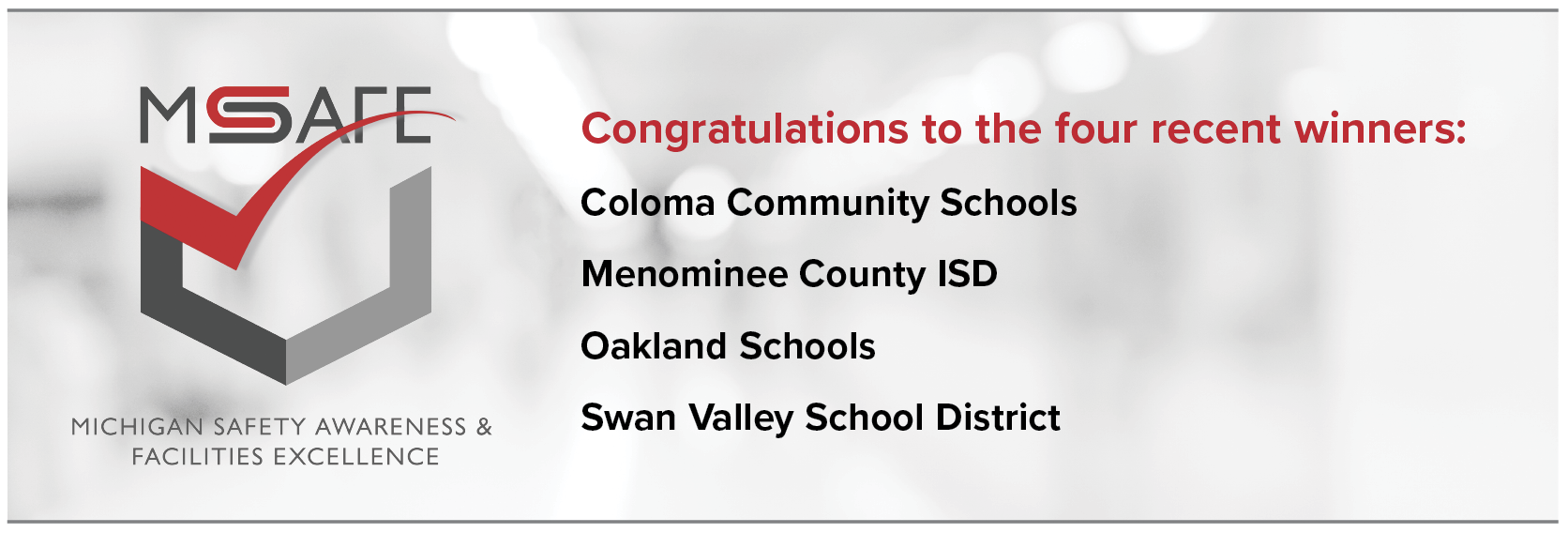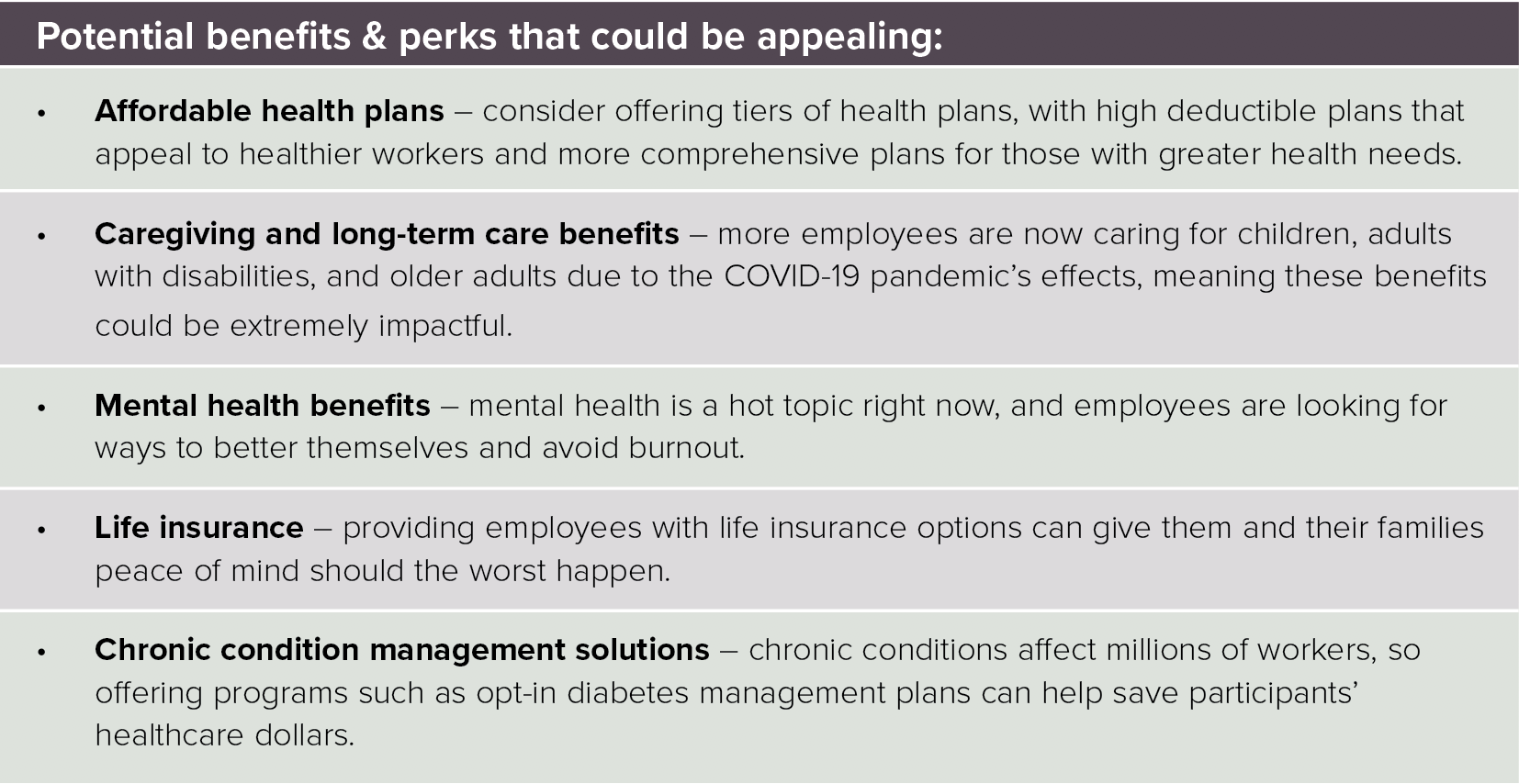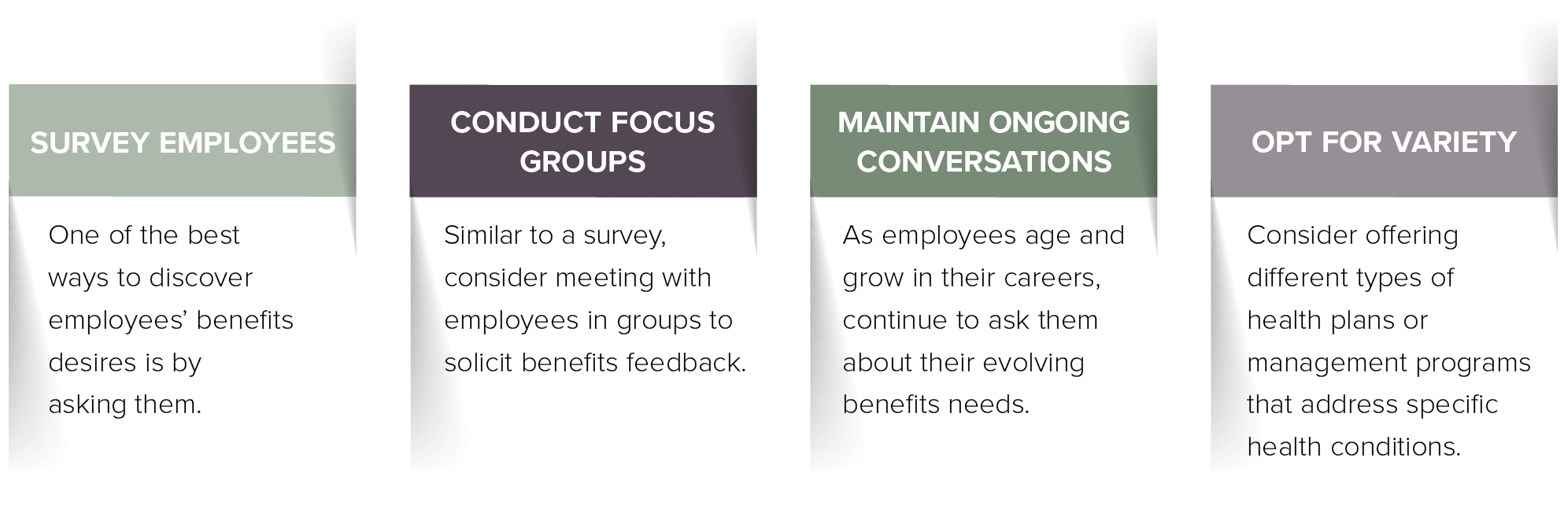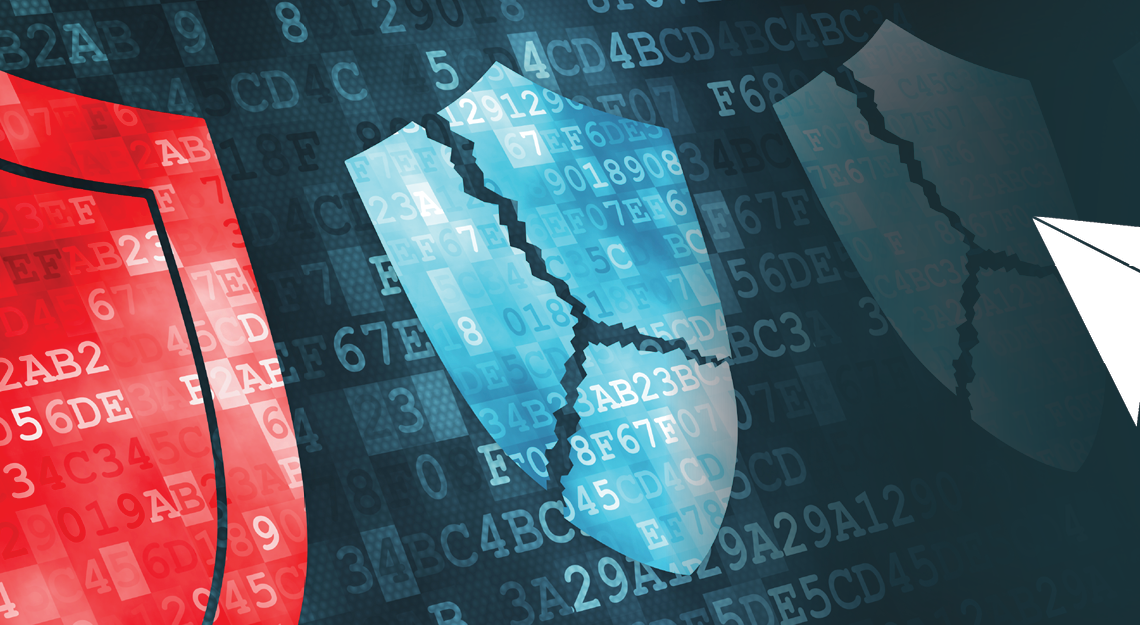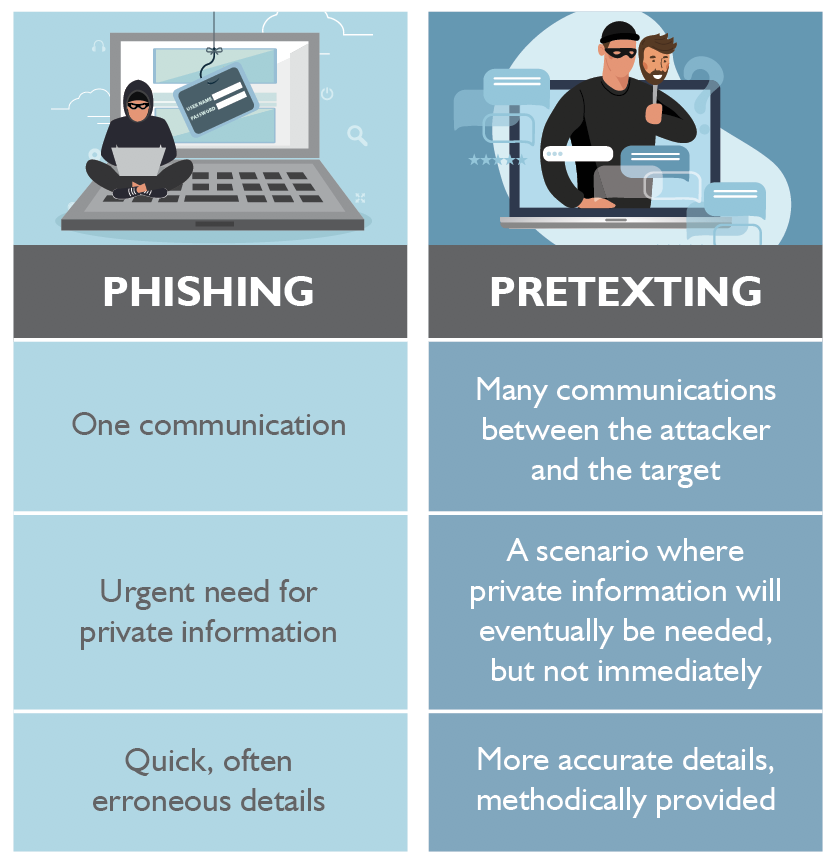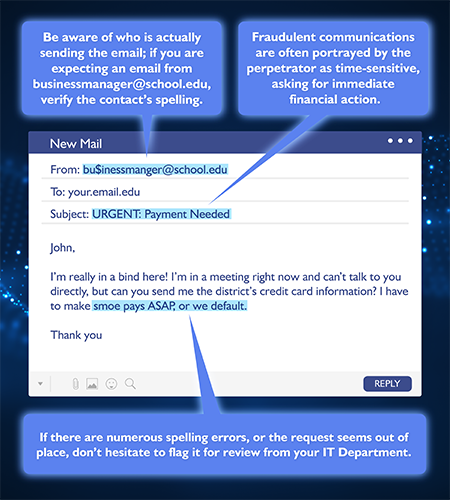To ensure the best possible decisions are made for SET SEG member districts, our boards are staffed with your peers. In September, the Workers’ Compensation and Property/Casualty boards meet annually to discuss the most important items Michigan educators encounter. If you weren’t able to attend, here is what you missed:
Workers’ Compensation Board of Trustees Annual Meeting
Financial Audit 2020/2021
After presenting the responsibilities of management and the auditor throughout the audit process, the audited financial report was presented to attendees. After receiving an unqualified opinion on the audit from the auditor, the board moved to approve the Audited Financial Statements of the Workers’ Compensation Fund as presented for the fiscal year ended June 30, 2021.
Board Member Appointment
We welcomed Gene Pierce, Superintendent from Tuscola ISD, to the Workers’ Compensation board where he will be adding his years of experience to help guide the Workers’ Compensation Fund.
Sales and Marketing Report
The wildly popular Safety Program, which distributes funds to member districts to help protect the health and safety of their school communities, will return for the third year. This year, SET SEG will be allocating $550,000 to member districts, up $50,000 from last year.
Executive Director’s Report
SET SEG is in the process of developing a new online enrollment system that will be implemented throughout member districts, providing time-saving HR tools.
Property/Casualty Annual Board of Directors Meeting
Financial Audit 2020/2021
After presenting the responsibilities of management and the auditor throughout the audit process, the audited financial report was presented to attendees. After receiving an unqualified opinion on the audit from the auditor, the board moved to approve the Audited Financial Statements of the Property/Casualty Pool as presented for the fiscal year ended June 30, 2021.
Cyber Task Force Update
Cybercriminals have increasingly targeted K-12 institutions over the last few years. Recognizing the importance of strong safeguards for member districts, SET SEG has pooled together a variety of resources, including a cyber task force to continually monitor potential threats and an entire Cyber Security Resource Center on our website providing members with the information they need to build a solid security foundation. While the existence of cyberthreats is certainly a looming presence for Michigan educators, we are committed to supporting our members with a regularly updated response as the situation evolves.
Sales and Marketing Report
EduSeries, the member-exclusive series of educational programs specifically crafted for school administrators and employees, was highlighted for its focus on hot topics happening in schools today. We have a number of exciting programs coming up and members are advised to attend.
Executive Director’s Report
The Property/Casualty Pool has performed well, ensuring continued support for our members. Additionally, an upcoming SET SEG Family Healthcare Center in Corunna was announced, which will be an exciting expansion to our already thriving healthcare options.
